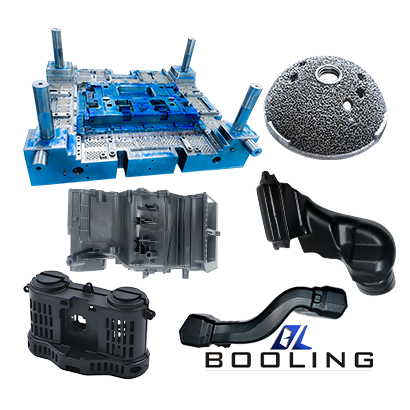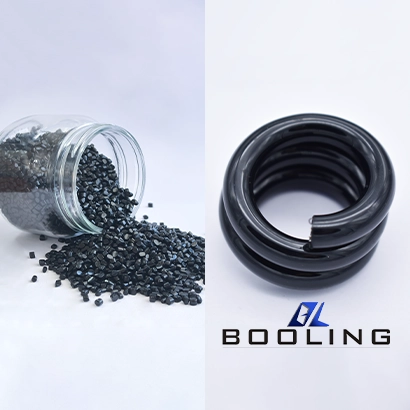Home > Stamping Die > Magnesium Stamping Die
The magnesium stamping die uses high-quality magnesium alloy as raw material and is processed using precision grinders, electric sparks, boring, etc., providing the best solutions and rapid prototyping services for sheet metal processing in the fields of automobiles, medicine, industry, machinery, transportation, etc. Booling has rich experience in magnesium stamping die processing and sheet metal production and has a strict quality control system for the details of precision parts.
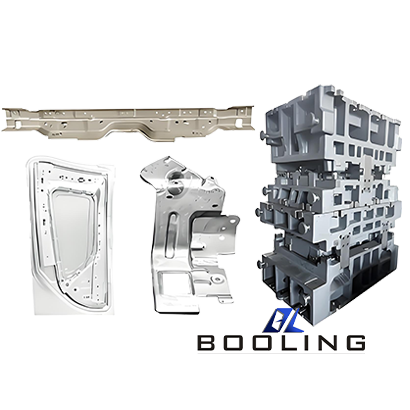
Booling provides efficient solutions for the magnesium stamping die, which are suitable for the manufacture of various complex parts and semi-finished metal parts.
Magnesium alloy processing technology:
- Punching
- Bending
- Stretching
- Forming
Magnesium Stamping Die Capabilities
The magnesium stamping die has excellent processing performance and a good strength-to-weight ratio. Booling uses hot stamping technology to improve the forming ability of magnesium alloys and reduce the risk of die breakage.
·
US
Metric
Magnesium
68.9in.x 27.6 in.x17.7in.
1750mmx700mm x450mm
*The process of selecting a magnesium stamping die may vary depending on the processing requirements.
Magnesium Stamping Die Material
Booling not only provides magnesium metal raw materials but also magnesium alloy materials, mixing magnesium with other metals into composite materials to improve processing performance.
Material
- Magnesium
The Advantages of Magnesium Stamping Die
- Magnesium stamping die has good thermal conductivity and temperature resistance and can maintain processing stability under high-temperature conditions
- Magnesium has a low density, which can achieve lightweight production of dies
- Good processing performance
- High strength and good impact resistance
- Good corrosion resistance
- The use of dies can achieve rapid production of sheet metal parts with high consistency
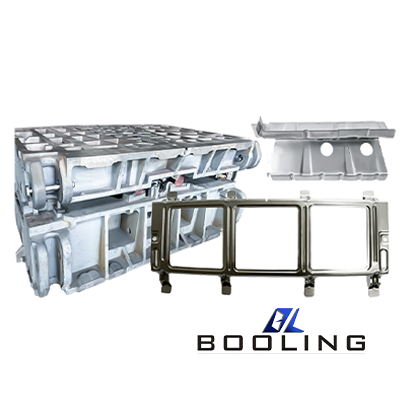
Application of Magnesium Stamping Die
Magnesium stamping die is widely used in the mass production of products such as automobiles, electronics, aerospace, and sports equipment to maintain a high degree of product consistency.
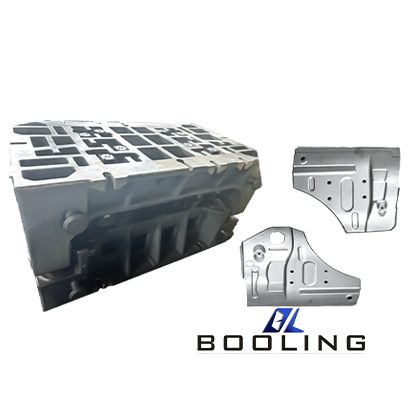
Guidelines for Magnesium Stamping Die
Magnesium stamping die is processed on presses and is suitable for large-scale production of specified shapes.
Engineers improve production efficiency and achieve precision production of products by precisely controlling the design, deformation speed, temperature, pressure, and quality of the magnesium stamping die. The combination of stamping technology and magnesium raw materials improves the overall performance of metal product processing and saves processing and manufacturing costs.
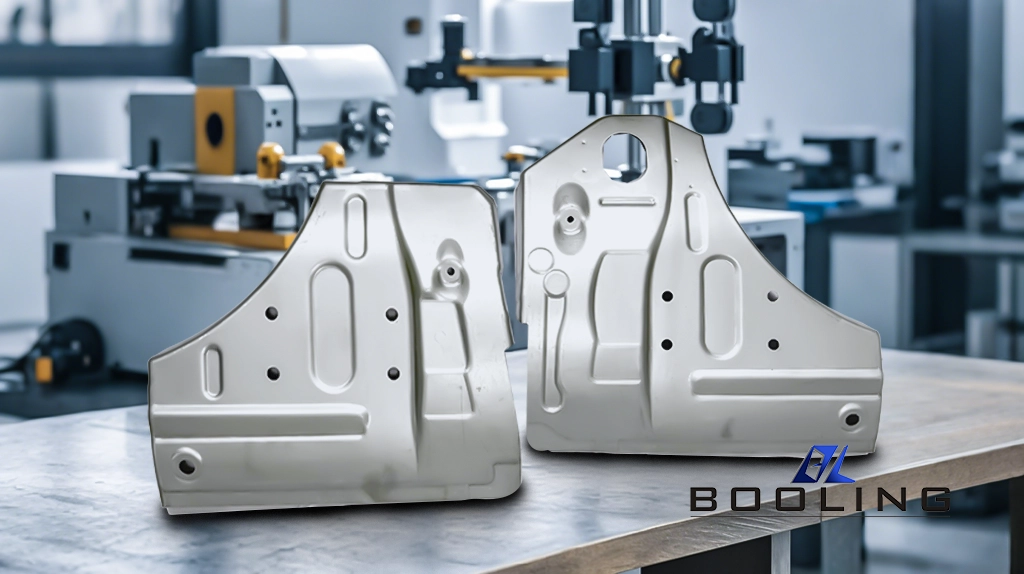
Application of Magnesium Stamping Die
The magnesium stamping die brings about the production of large quantities of consistent products and is widely used in automotive, aerospace, electronic products, medical equipment, sports equipment, and other industries.
- Automobile: Suitable for the processing of metal parts such as automobile engines, chassis, and bodies, reducing the overall weight of the car and improving driving performance. The metal stamping process improves the processing efficiency of automotive parts and improves automobile quality and user experience.
- Aerospace: Used for the processing of aircraft, spacecraft structural parts, engine parts, aviation instruments and other parts
- Electronic products: Commonly used in the processing and manufacturing of electronic product housings, radiators, and other parts, one-piece molding is beautiful
- Medical equipment: Suitable for the manufacture of medical devices, such as artificial bone nails, metal implants, dental orthotics, etc., with biocompatibility
- Sports equipment: Meet the manufacturing of sports equipment such as bicycles, golf clubs, skateboards, etc.
Classification of Magnesium Stamping Die
Booling provides magnesium stamping die processing of different properties and types to achieve customized production.
According to Different Processes Properties
- Riveting die: connect or overlap parts in sequence to form a whole, divided into two steps: pre-setting and final calibration
- Punching die: such as punching die, punching die, cutting die, etc., which are dies used to cut materials during the stamping process
- Forming die: tools made in proportion according to the shape and structure of the actual object or semi-finished product, and the material produces local deformation, such as bulging die, shrinking die, etc.
- Bending die: a die that bends and deforms the sheet blank along a straight line or a curved curve to obtain a certain angle and shape
- Stretching die: a die that makes the metal sheet into an open hollow part. Booling also provides services to change the size and shape of hollow parts
Classification by Process Combination Degree
- Single process die: only one stamping process is completed at a time
- Composite die: multiple processes are completed at the same station at one time
- Progressive die: has two or more stations and completes two or more processes
Classification by Processing Method
- Compression die: use pressure to make metal blanks flow and deform into shape, such as extrusion die, etc.
- Punching and shearing die: complete the work through the shearing action
- Drawing die: make flat blanks into seamless containers with bottoms
- Bending die: bend the blanks into a certain shape
- Forming die: partially change the shape of the blank
Booling not only provides the above types of magnesium stamping die but also can design special transmission systems, use robots or manipulators to achieve rapid product transmission, and improve production efficiency.

